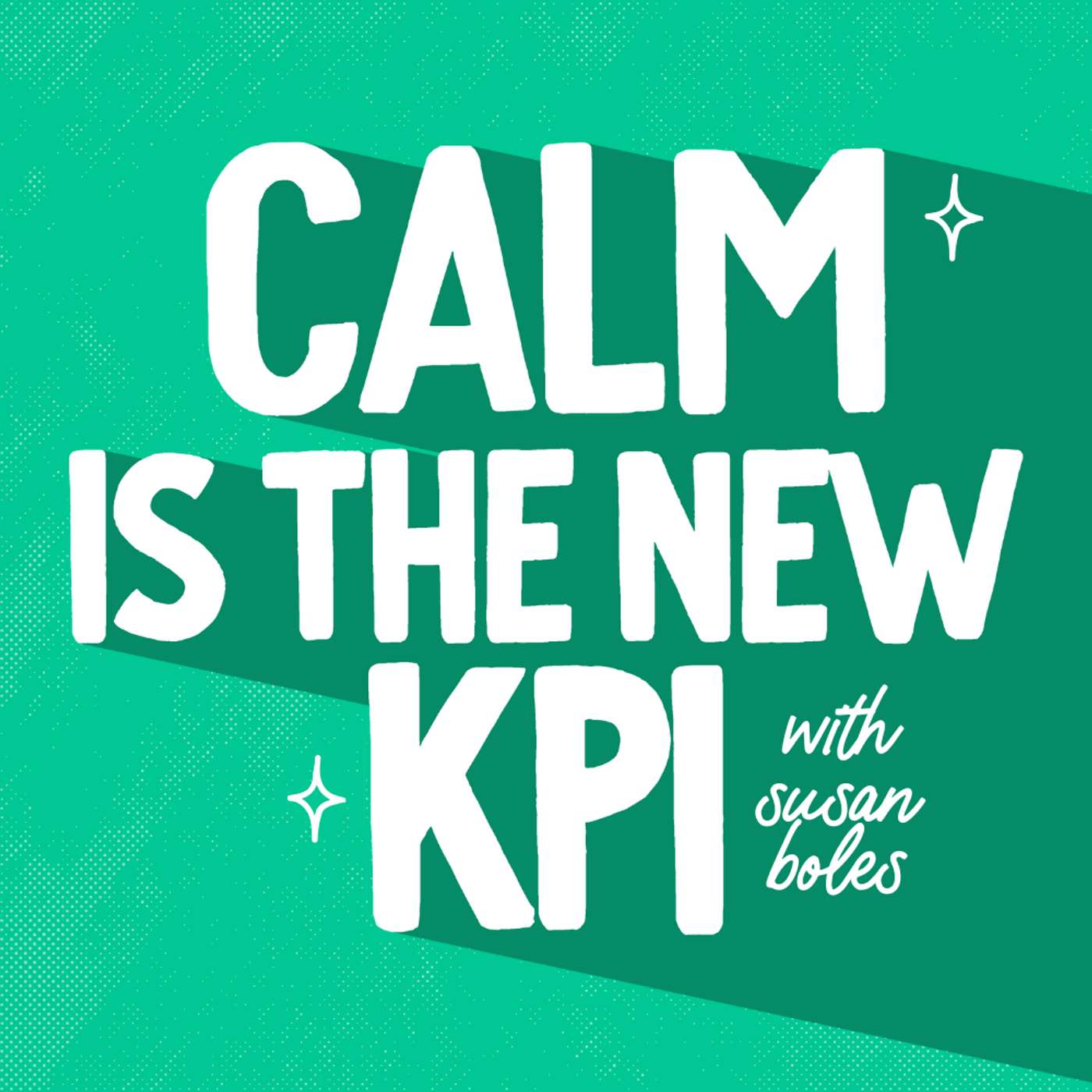Karyn Kelbaugh is a squishy data specialist. She helps small business owners learn what their clients think by capturing their stories. Owners get feedback, insights into their clients' dreams and frustrations, and their exact words describing it all. In
It’s easy to get caught up in all the numbers you can track to measure growth.
You might be measuring your time, your profit & loss, the number of new clients closed, or even profit per hour per client like we talked about in the last episode.
But not all of the useful information in your business presents itself as a number.
When it comes to measuring the more murky, squishy, qualitative information in your business, where do you even begin?
There's a lot of information rolling around in there that's helpful to measure, but you can’t track it in the same way you track your numbers.
For instance, conversations with customers can give you an incredible amount of information about how your business is performing, what your opportunities are, and where you need to address weak spots.
So, how do you measure how your customer feels about your service? What's happening when they reach out to you? What do they think you do versus what you think you do?
All of that information comes in handy when you're trying to update your messaging, write your copy, or just simply figure out how to improve your customer service. It's crucial data floating around out there that you can use to measure and optimize for growth.
But how?
My guest today does just that. Karyn Kelbaugh is a squishy data specialist. She helps small business owners learn what their clients think by capturing their stories. Owners get feedback, insights into their clients' dreams and frustrations, and their exact words describing it all. In other words: research you can use.
Listen to the full episode to hear:
- How Karyn collects all that squishy data goodness and gets it into a useable form that's easy to keep up to date
- How frequently you should be looking at the data, what should they be looking for, and how should you use that data to drive decisions
- How actively collecting your clients’ perspectives helps paint a more accurate picture of what's really going on with your business and how to integrate that perspective in a meaningful way
- How one of the biggest mistakes you can make is collecting data you don't have a purpose for
Links:
- heykaryn.com
- The Testimonial Toolkit
- Karyn on Instagram
- Katyn on Facebook
- Karyn on LinkedIn
- Scalespark Dollars + Decisions Roundtable
- Twitter @ScaleSpark
- LinkedIn @thesusanboles
We value your thoughts and feedback. Feel free to share them with Susan here. Your input is not just valuable, it's crucial in shaping future episodes.












